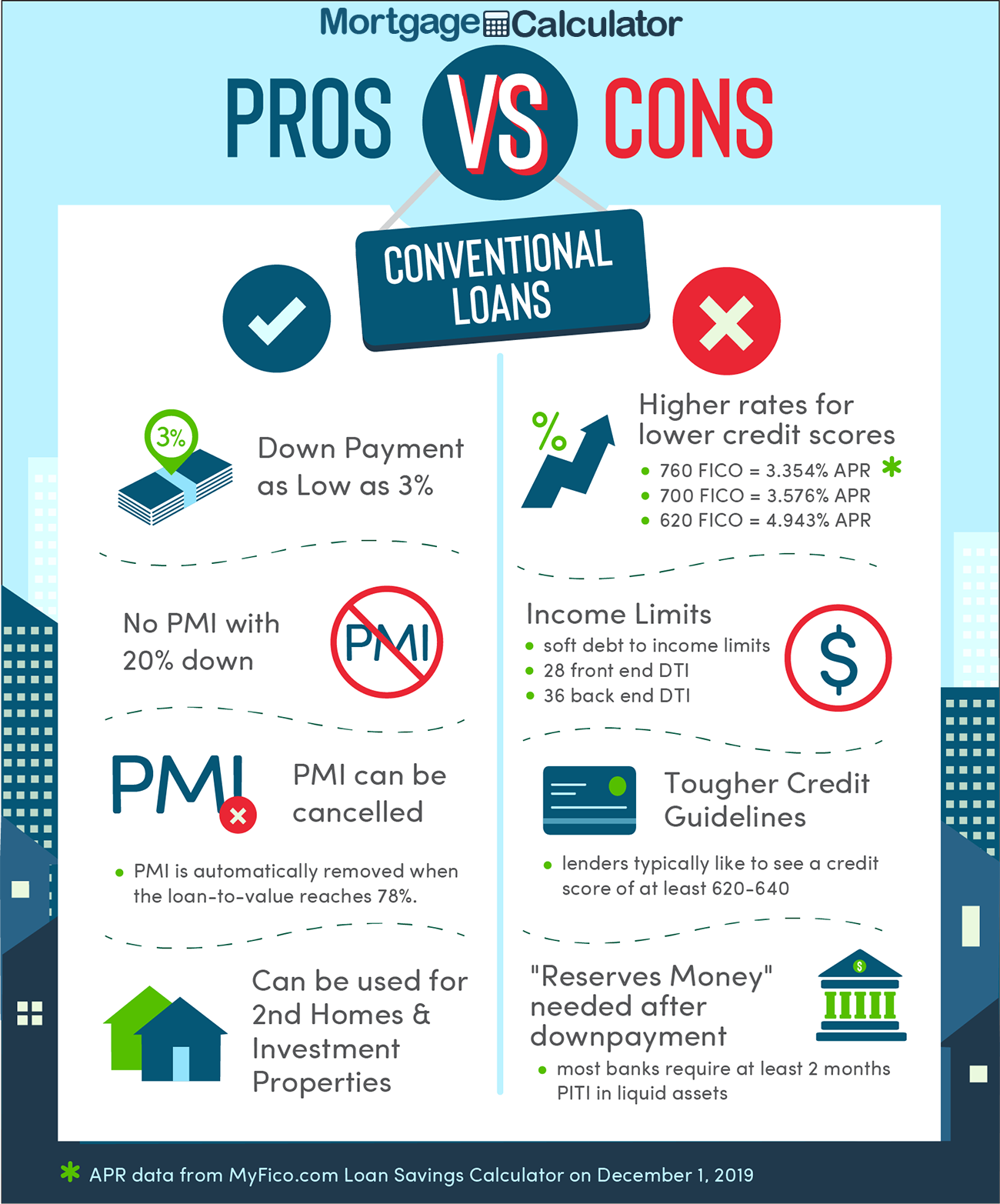Conventional Mortgage Loans: Flexible Funding Solutions for Your Dream Home
Conventional Mortgage Loans: Flexible Funding Solutions for Your Dream Home
Blog Article
The Important Variables to Take Into Consideration When Choosing Between Fixed-Rate and Adjustable-Rate Home Loan Fundings
When assessing home mortgage options, debtors face a critical choice between adjustable-rate and fixed-rate lendings, each providing distinctive advantages and prospective risks. Trick factors to consider such as rates of interest security, predictability in month-to-month settlements, and the implications of prospective price changes can significantly impact long-term financial health and wellness. Comprehending the expected period of homeownership and the general expense of loaning can form one's technique. As these variables link with specific economic scenarios and take the chance of resistance, the effects of this choice might not be as simple as they appear. What subtleties should be focused on in this critical decision-making procedure?
Rates Of Interest Security
When selecting a home loan, recognizing rate of interest security is crucial for informed decision-making. Rates of interest can considerably impact the total expense of a home mortgage, and acknowledging the nature of these prices is crucial for borrowers. Fixed-rate mortgages provide the benefit of consistent regular monthly settlements over the life of the loan, securing borrowers from market variations. This stability allows homeowners to prepare their funds with higher assurance, as they will not be impacted by climbing rate of interest.
On the other hand, adjustable-rate home mortgages (ARMs) start with reduced initial rates that may alter occasionally based upon market problems. While this can result in lower repayments originally, it additionally presents uncertainty, as borrowers may deal with boosted settlements if rate of interest rise. For those considering an ARM, it is important to examine the probability of price adjustments, the possibility for settlement rises, and the size of the first fixed-rate duration.
Inevitably, the selection in between fixed-rate and adjustable-rate mortgages rests on individual threat resistance and economic circumstances. Understanding interest rate stability assists consumers make informed decisions that align with their long-lasting monetary goals.
Regular Monthly Repayment Predictability
While borrowers typically focus on rate of interest stability, the predictability of monthly repayments is similarly essential in the mortgage selection process (Conventional mortgage loans). Month-to-month repayment predictability plays an essential role in budgeting and financial planning, as it directly affects a property owner's capital and total financial health and wellness
Fixed-rate mortgages supply a consistent regular monthly payment throughout the life of the finance, enabling customers to anticipate and plan their expenses efficiently. This security can be specifically advantageous for new property buyers or those on a fixed income, as it gets rid of the unpredictability linked with rising and fall repayments.
Alternatively, adjustable-rate mortgages (ARMs) normally feature reduced initial repayments that can alter over time, bring about possible variability in month-to-month obligations. While initially enticing, this changability can complicate financial planning, particularly if borrowers do not represent future price modifications.
Possible Rate Changes
In the world of variable-rate mortgages (ARMs), possible rate modifications represent a significant variable that borrowers need to very carefully take into consideration. Unlike fixed-rate mortgages, where the rates of interest remains unchanged for the life of the finance, ARMs are characterized by changing passion rates that are tied to market indices. This variability can cause significant adjustments in monthly payments, impacting the customer's financial planning and budgeting.
Borrowers must be mindful of the margin and index utilized to calculate these changes, as they straight affect future passion prices. In addition, ARMs commonly include caps that restrict just how much the rate of interest price can increase at each modification and over the life of the lending, which can offer some degree of protection versus extreme rate walks.
Comprehending these potential adjustments is important for customers, as they straight impact lasting repayment obligations. Consequently, evaluating individual monetary scenarios and run the risk of tolerance is essential when making a decision whether an ARM lines up with one's economic goals.
Loan Term Factors To Consider
Lending term factors to consider play a pivotal function in the decision-making procedure for borrowers selecting in between adjustable-rate and fixed-rate home mortgages. The length of the finance term considerably affects month-to-month payments, rates of interest, and overall financial planning. Fixed-rate home mortgages typically provide terms of 15 to thirty years, giving stability in monthly repayments and predictability in budgeting. This can be especially appealing for consumers Learn More Here that plan to remain in the exact same home long-lasting and favor the certainty of set visit site settlements throughout the life of the loan.

Ultimately, debtors should examine their individual scenarios, financial objectives, and market problems when weighing the ramifications of car loan term selections within each home mortgage kind.

General Expense of Borrowing
Fixed-rate home loans provide predictable regular monthly payments, as the rate of interest price remains continuous throughout the loan term. This predictability can lead to reduced general prices, especially in a stable or decreasing passion rate atmosphere.
On the other hand, adjustable-rate home mortgages (ARMs) generally begin with reduced first prices, causing reduced in advance prices. Nevertheless, these prices can raise after a first duration, resulting in potentially higher long-term costs. Borrowers must take into consideration the frequency and degree of price modifications, as well as the total car loan period, to properly evaluate the economic effects.
In addition, the general price of loaning incorporates not only rates of interest yet likewise costs and various other connected expenses, such as closing costs and insurance policy (Conventional mortgage loans). When reviewing home mortgage alternatives, customers must conduct a complete expense analysis over the life of the car loan. By doing so, they can make an enlightened decision that straightens with their monetary objectives and run the risk of tolerance
Verdict
To conclude, selecting in between adjustable-rate and fixed-rate mortgage finances requires cautious consideration of numerous important factors. Rate of interest stability and month-to-month payment predictability are extremely important for effective budgeting, while the possibility for rate modifications in ARMs presents financial unpredictability. Additionally, the expected period check out this site of homeownership and the overall expense of loaning, including rate of interest prices and associated charges, must line up with specific financial scenarios and risk resistance. Such a comprehensive analysis will certainly facilitate educated decision-making in home mortgage selection.
Trick considerations such as interest rate stability, predictability in regular monthly repayments, and the ramifications of prospective price modifications can dramatically impact long-lasting monetary wellness. Passion prices can significantly affect the general cost of a home loan, and identifying the nature of these rates is necessary for debtors. Unlike fixed-rate mortgages, where the rate of interest price stays unmodified for the life of the financing, ARMs are characterized by fluctuating rate of interest rates that are connected to market indices. Additionally, ARMs often include caps that limit exactly how much the interest price can boost at each modification and over the life of the funding, which can offer some level of defense against drastic price walkings.
Interest price stability and monthly settlement predictability are vital for efficient budgeting, while the potential for price changes in ARMs presents financial unpredictability.
Report this page